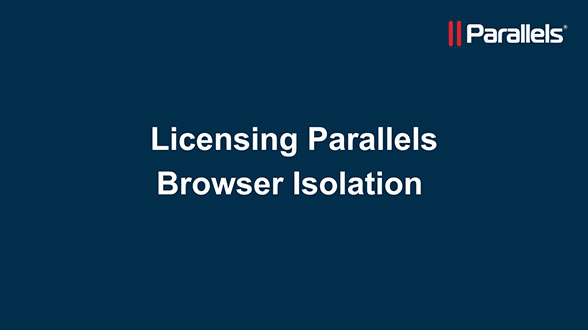
Parallels Browser Isolation Tech Bytes
Welcome to the Parallels Browser Isolation Tech Bytes Library! Immerse yourself in our collection of concise video tutorials. Each one was created by one of our product experts and focuses on a specific function or feature of our browser isolation solution.
Designed for more experienced users, IT admins, and specialists, these guides cover essential activities that help your organization unlock the full potential of Parallels Browser Isolation.












